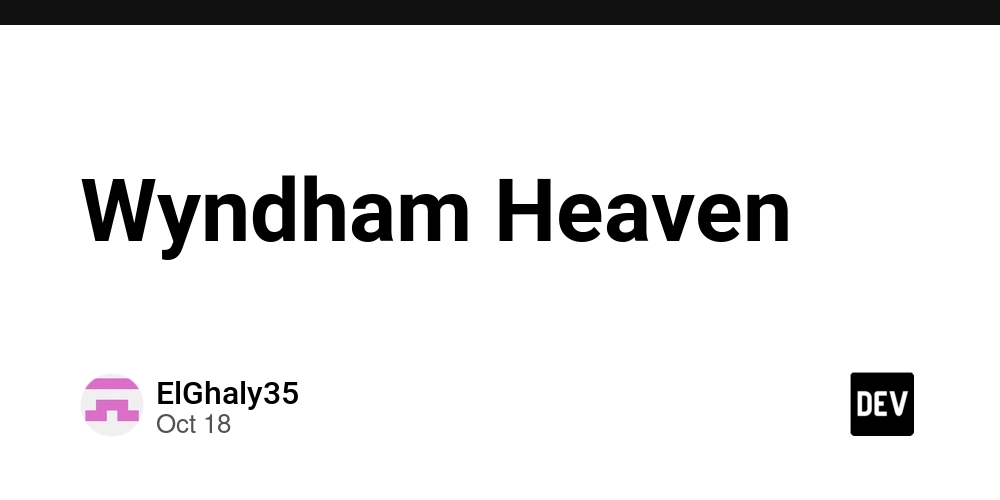The Problem
Qonto is one of the most popular fintech solutions for startups and SMEs in Europe. It simplifies banking, but invoice management still involves repetitive manual work: downloading PDFs, renaming files, storing them in the right folder, and forwarding them to the accounting team.
For developers and operations teams, this is the kind of task that screams for automation.
⸻
The Challenge
Manual invoice management looks harmless, but in practice it creates:
• Inconsistent file naming conventions
• Risk of misplacing documents
• Dependency on manual reminders
• Extra overhead for accounting integration
From a system design perspective, we need an automated pipeline that ensures invoices are collected, normalized, and stored consistently, with zero manual input.
⸻
The Solution
Hack’celeration built a workflow in Make (formerly Integromat) leveraging Qonto’s API and file handling modules.
Workflow overview:
1. HTTP module – Connect to Qonto API and fetch the latest invoice metadata.
2. Iterator – Loop through invoice objects to handle multiple files.
3. HTTP (GET) – Download the invoice PDF file from the API endpoint.
4. Set Variable / Formatter – Apply a naming convention: qonto-invoice-YYYY-MM.pdf.
5. Cloud module – Push the file into Google Drive, Dropbox, or Notion.
6. Email / Slack integration – Notify or forward the document to the accounting team.
This ensures every invoice follows a consistent pipeline: fetch → rename → store → notify.
⸻
Demo
We recorded a complete video tutorial that shows the workflow configuration step by step inside Make, including API authentication with Qonto and file handling logic.
⸻
Try it yourself
The workflow is available for free. You can clone it into your Make account and adapt storage destinations or naming conventions to your setup.
Why it matters
Automating “small” processes like invoice handling is a force multiplier. It enforces data consistency, eliminates human error, and reduces repetitive overhead. For fintech workflows, automation isn’t just about time savings — it’s about building reliable systems that scale with business growth.



